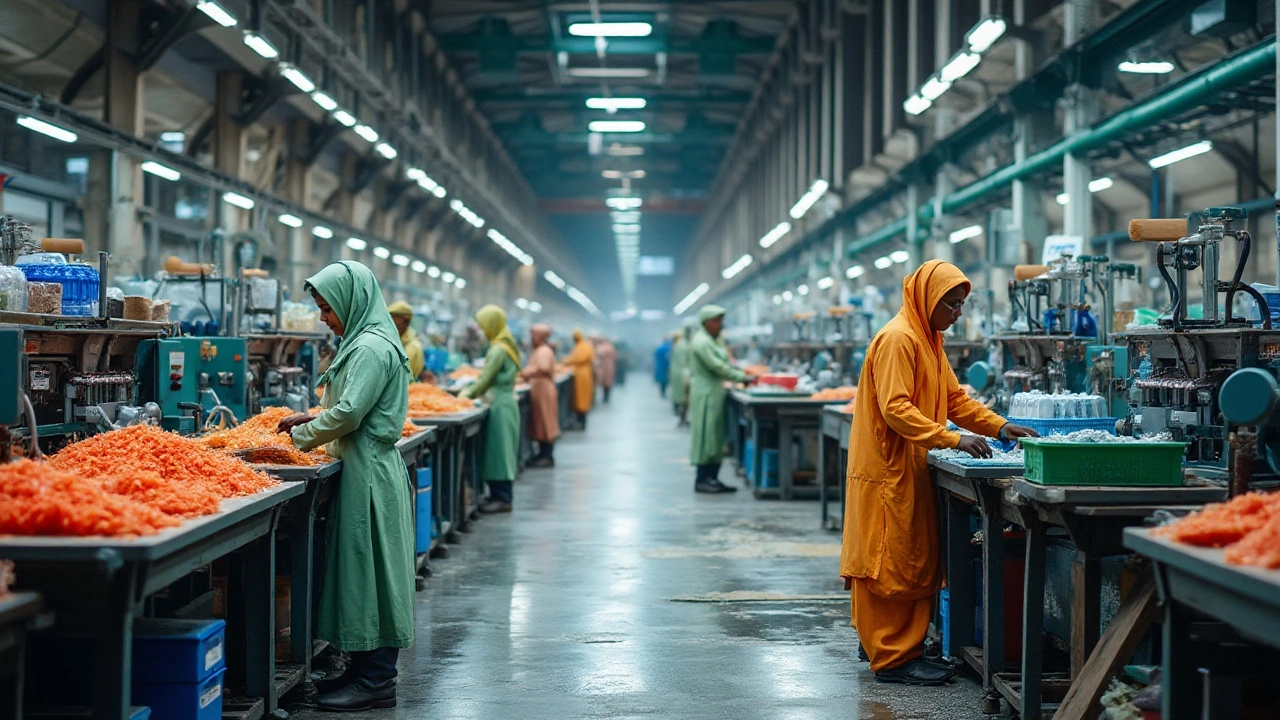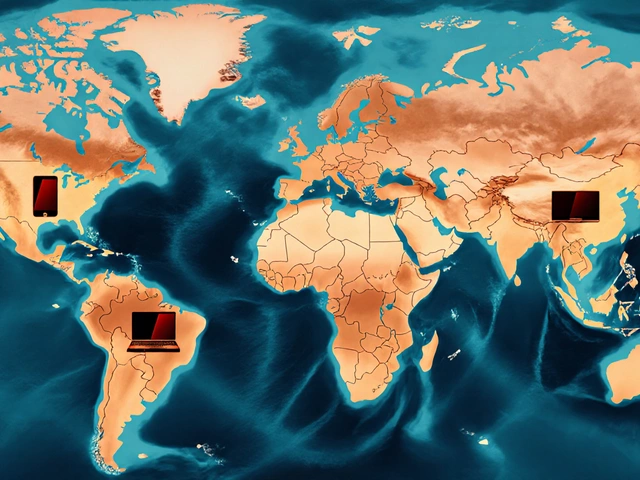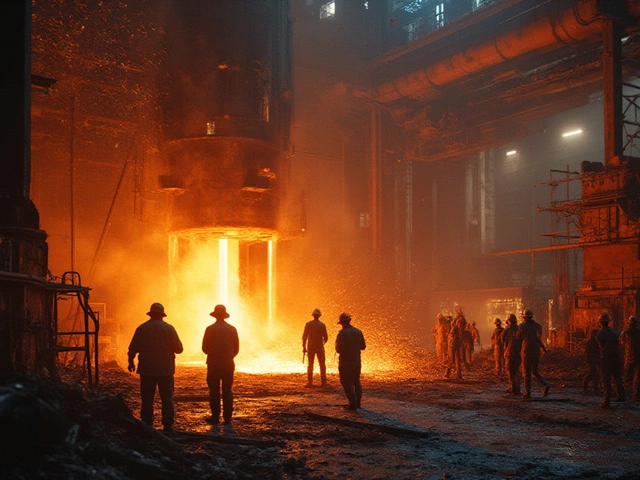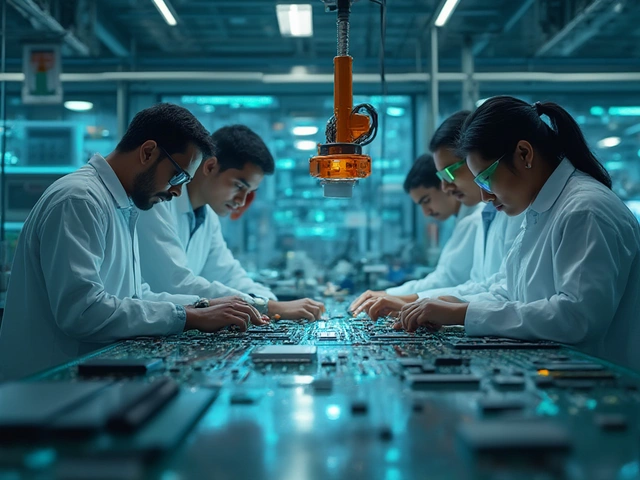Plastic Manufacturers: Trends, Challenges, and Opportunities
When talking about plastic manufacturers, companies that turn polymer resins into finished goods for everyday use. Also known as plastic producers, they operate at the crossroads of chemistry, engineering, and market demand. The sector relies heavily on polypropylene, a versatile, cost‑effective polymer found in everything from food packaging to automotive components, and must adapt to growing pressure around single‑use plastics, items designed for one‑time use that are increasingly regulated worldwide. This mix of raw material choices and regulatory forces shapes the daily decisions of every plastic manufacturer.
Key Factors Shaping Plastic Manufacturing
First, material science drives product design. Polypropylene, with its high melt flow and chemical resistance, enables thin‑walled containers, reusable water bottles, and lightweight automotive parts. At the same time, plastic recycling, the process of collecting, sorting, and re‑processing plastic waste into new material is becoming a competitive advantage; manufacturers that embed closed‑loop systems can lower raw‑material costs and meet eco‑label requirements. Moreover, government policies on single‑use plastics including bans, taxes, or voluntary reductions force companies to redesign packaging, switch to alternative polymers, or invest in refillable models. These three pillars—material choice, recycling capability, and regulatory compliance—interact constantly, creating a dynamic environment for the industry.
Second, the supply chain has its own quirks. Plastic manufacturers often source resin from global petrochemical hubs, but recent disruptions in oil prices and logistics have highlighted the need for local sourcing. When a manufacturer secures a reliable supply of high‑quality polypropylene, they can guarantee consistent product performance; when that supply falters, production schedules slip, and customers look elsewhere. This dependency also links to plastic pollution, the environmental impact caused by plastic waste entering ecosystems. Companies that invest in better waste‑capture technologies not only improve their public image but also stabilize the raw‑material loop, reducing the need for virgin polymer extraction.
Third, technology adoption is a game changer. Advanced extrusion, injection molding, and 3D printing enable manufacturers to produce complex geometries with higher precision and less material waste. When a plant integrates real‑time monitoring of melt temperature and pressure, it can cut scrap rates by up to 15 %, directly boosting profitability. These innovations also support the shift toward recyclable designs—think of mono‑material packaging that can be processed in a single stream, minimizing sorting costs. The link between technology and sustainability is clear: smarter equipment makes greener products more affordable.
Finally, market demand steers every strategic move. Consumers now ask for transparent sourcing, recyclable packaging, and reduced carbon footprints. Brands that partner with forward‑thinking plastic manufacturers can launch products that meet these expectations faster. For instance, a beverage company selecting a manufacturer with certified recycled polypropylene can claim a lower‑carbon label, appealing to eco‑conscious shoppers. This consumer pressure loops back to the earlier points—driving the need for better recycling, stricter compliance with single‑use bans, and continuous material innovation.
All these elements create a web of relationships: plastic manufacturers depend on polypropylene availability, must navigate single‑use regulations, invest in recycling infrastructure, adopt cutting‑edge processing technology, and respond to consumer expectations. Understanding how these pieces fit together helps you see why some firms thrive while others lag behind.
Below you’ll find a curated collection of articles that dive deeper into each of these topics—covering everything from the global supply chain of IKEA furniture makers to the safety profile of Code 5 plastic. Explore the posts to get practical tips, real‑world case studies, and the latest data that can guide your decisions in the plastic manufacturing arena.

Discover the leading giants in the plastic manufacturing industry, a critical sector shaping modern economies worldwide. This article explores the top global players, detailing their innovations, markets, and the impact they have on everyday consumer products. It's an insightful dive into how these companies navigate challenges such as sustainability and environmental concerns. Uncover interesting facts about their production techniques and strategic market presence. Whether you're involved in the industry or just curious about how ubiquitous plastics are made, there's valuable information for everyone. (Read More)








